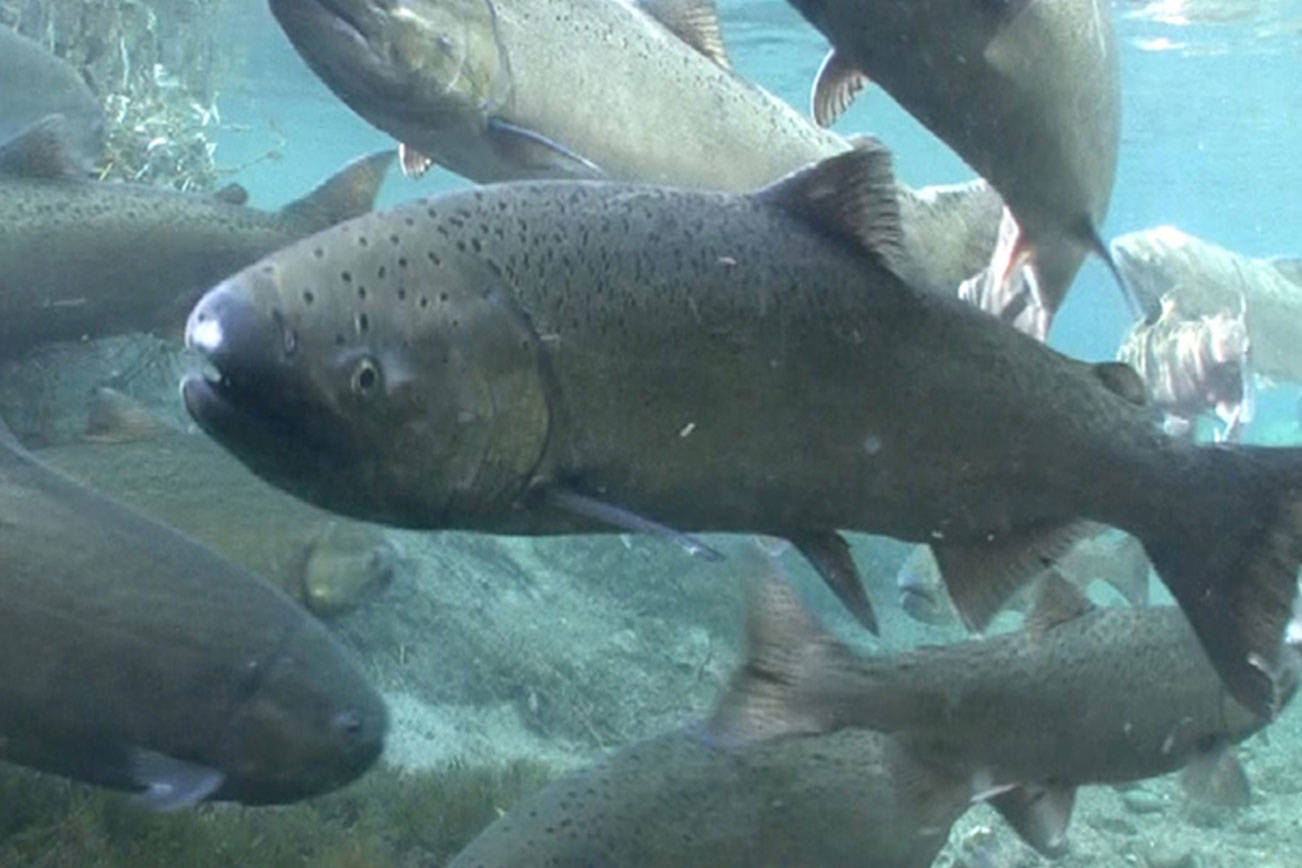Alaska’s Department of Fish and Game has implemented more changes to sport and personal use fisheries on the Kenai Peninsula in an effort to ensure adequate king salmon runs, this time with gear restrictions on the Ninilchik River and reduced hours for the set gillnet fishery at the mouth of the Kasilof River.
Kasilof River set gillnet fishery: Alaska’s Department of Fish and Game will be limiting the hours of operation for the personal use set gillnet fishery at the river’s mouth, according to a Wednesday press release from the department.
From June 15 through June 24, the personal use set gillnet fishery at the mouth of the Kasilof River will be open from 11 a.m. to 11 p.m. daily. This is a reduction of five hours per day, and coincides with an emergency order that restricts to hatchery fish only sport fishery harvesting on the Kasilof River.
The Kasilof River personal use dipnet fishery will still open as normal on June 25 and will be open 24 hours per day.
Ninilchik River: Starting June 16 at 12:01 a.m. and effective through July 15, sport fishing gear on the Ninilchik River will be restricted to one unbaited, single-hook, artificial lure.
In addition, ADF&G is encouraging the harvesting of hatchery-raised king salmon by removing the annual limit for hatchery salmon of 20 inches or greater length that are caught in the Ninilchik River. From June 16 through Oct. 31, any hatchery king salmon harvested from the Ninilchik river will not count toward the annual limit for the Kenai Peninsula Area or Cook Inlet region, and they do not need to be recorded on a sport fishing license or harvest record card.
“The king salmon run in the Ninilchik River this year has provided good sport fishing opportunity for hatchery king salmon,” area management biologist Mike Booz said in a Thursday press release. “Unfortunately, the wild component of the king salmon run does need some additional protection to help make both the escapement and broodstock collection goals. Limiting gear to one unbaited, single-hook, artificial lure while removing the annual limit for hatchery fish should help get more wild king salmon to their spawning grounds while providing additional harvest opportunities of hatchery king salmon for anglers.”
The bag and possession limit will still be one hatchery king salmon of 20 inches in length or greater.
As of Wednesday, 367 wild and 393 hatchery king salmon have been counted at the lower Ninilchik River weir and have escaped above the sport fishery. Based on the 2019 run timing at this location, ADF&G estimates that these numbers reflect about 35% of this year’s run.
Biologists expect the wild king salmon run to reach its sustainable escapement goal of 750 wild fish at the upper weir, but it will likely not be enough to support broodstock collection for stocking the Ninilchik River in 2021.
The hatchery escapement above the lower weir is expected to exceed the numbers needed to stock the Kachemak Bay terminal fishery locations in 2021.


